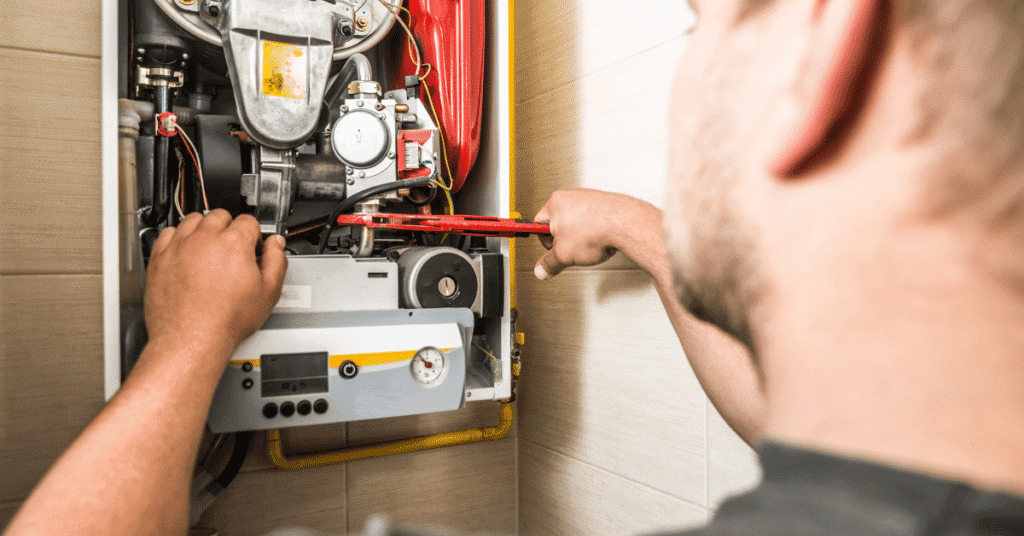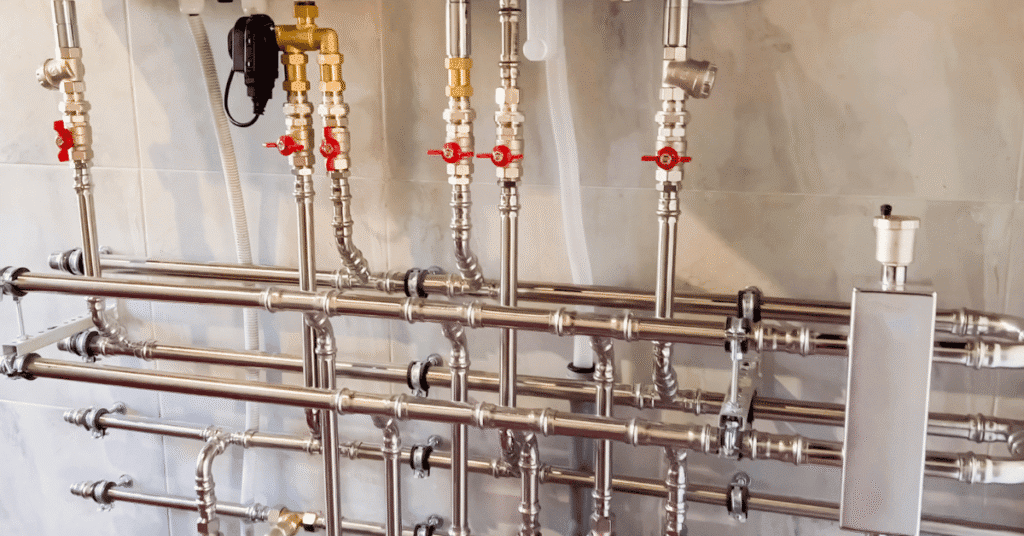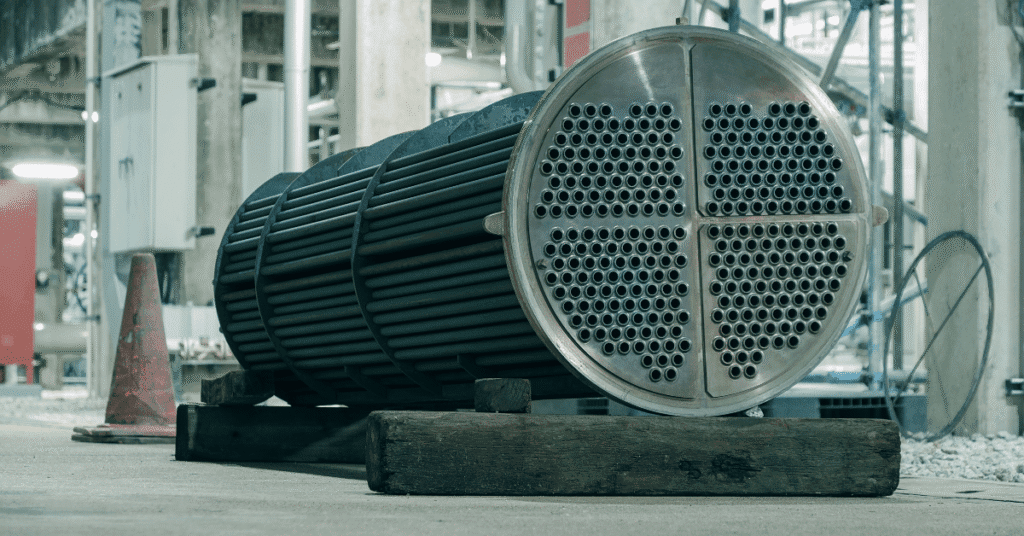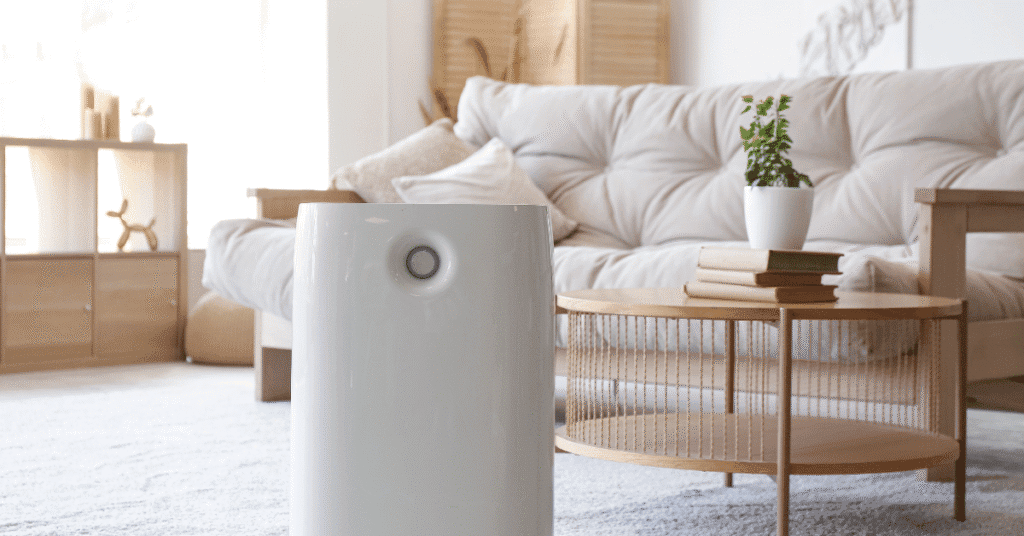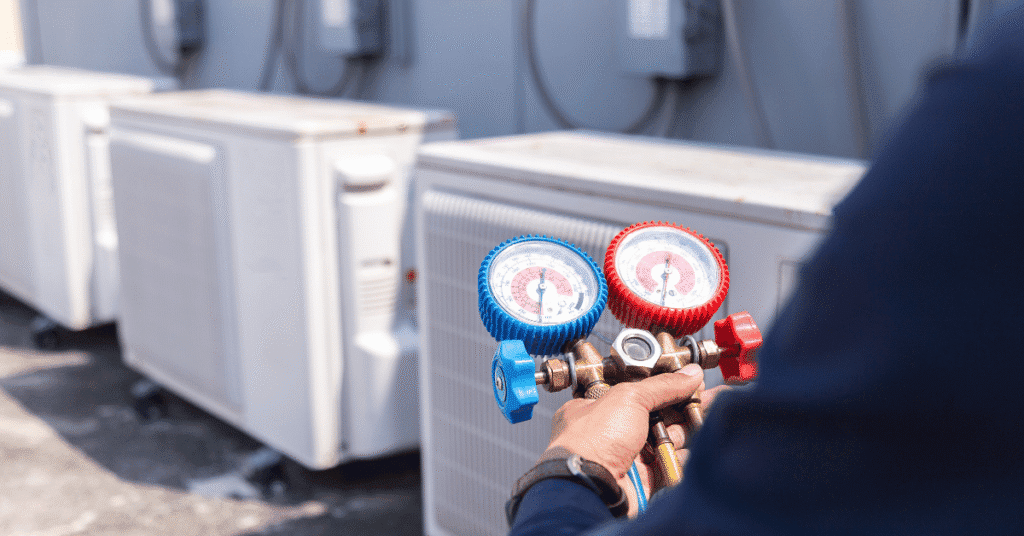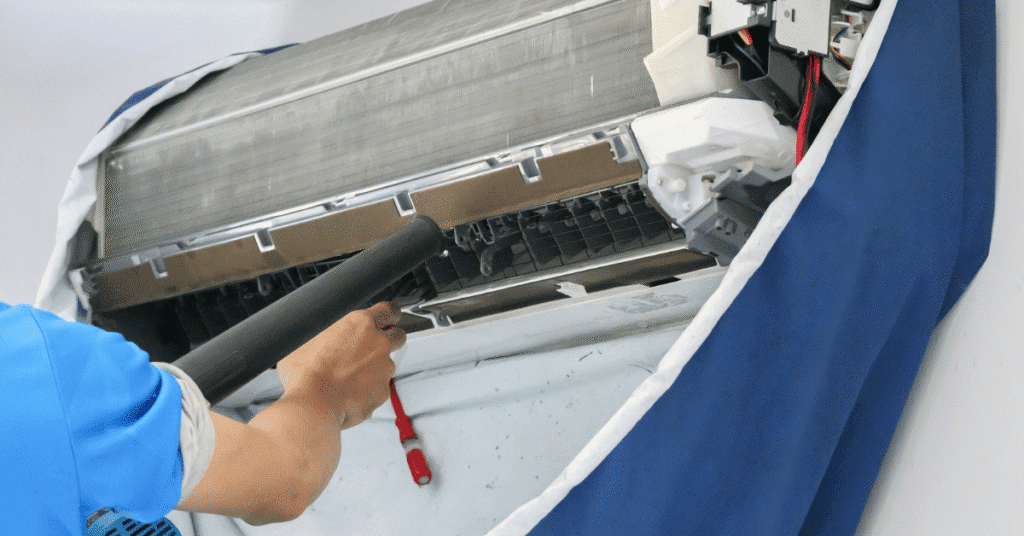Radiator heaters might look simple, but the science behind how they heat a room is efficient and reliable. Instead of blowing hot air like a furnace, a radiator radiates heat that lingers for hours. That’s why radiator heaters are still in use today, even as modern HVAC systems have become common.
For homeowners in Auburn, WA, where chilly evenings require dependable heating, knowing how radiator heaters work helps determine if they are the right option or if they should be paired with a furnace, heat pump, or ductless system.
What Is a Radiator Heater?
A radiator heater is a device designed to heat a space using heated liquid or metal surfaces rather than forced air. Unlike furnaces that push warm air through ducts, radiators transfer heat through convection and radiation. This creates an even, steady warmth in the surrounding air.
Traditional versions are connected to a central heating system and boiler, while modern units are standalone electric radiators or oil filled radiators. Both rely on the same principle: store heat and release it gradually into the room.
The Basic Working Principle
The process works in a few simple steps:
- Heat Source – Electric radiators use heating elements, while older ones rely on hot water or steam from a boiler.
- Heat Storage – Oil or water inside the unit absorbs and retains heat.
- Heat Transfer – The heated liquid warms the metal surface, which then radiates heat into the room.
- Air Circulation – Radiator heats the surrounding air naturally as warm air rises and cooler air flows in.
This method creates even heat distribution and comfortable temperatures that last long after the system shuts off.
Types of Radiator Heaters
Different radiator heating systems are designed to match different home heating needs:
Hot Water Radiator
- Uses hot water systems powered by a boiler.
- Water flows through the radiator, releasing heat into the room.
- Cast iron radiators are durable but require plumbing maintenance.
Steam Radiator
- Uses steam systems instead of water.
- Known for reliability but may produce banging noises.
- Steam radiator heaters are common in older buildings.
Oil Filled Radiator
- A type of electric heater filled with oil that retains heat.
- Radiates heat even after being turned off.
- Popular as a portable and efficient way to heat a room.
Portable Space Heaters
- Smaller radiators designed for room heating.
- Often include thermostats and safety shut-offs.
- A good way to heat your home in specific areas.
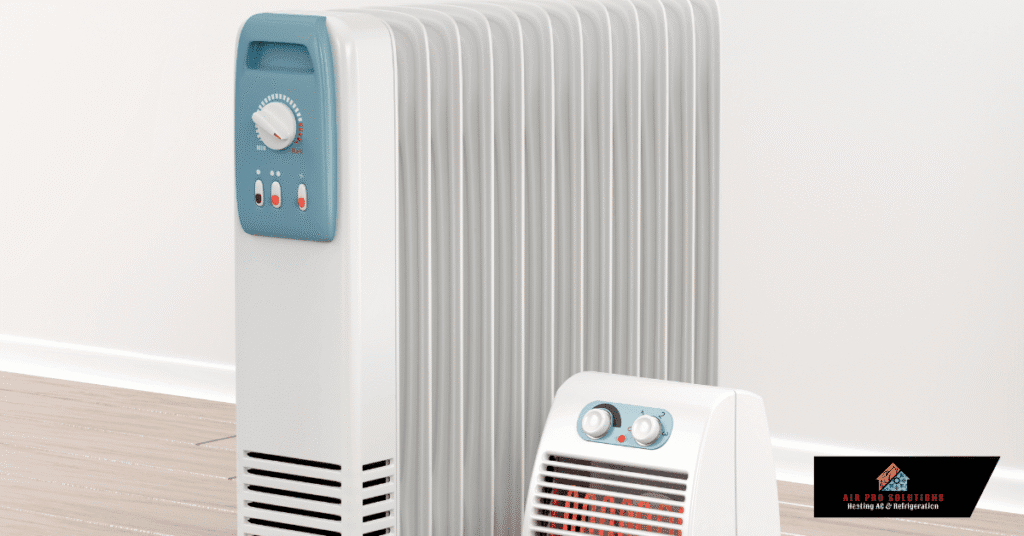
Key Components of a Radiator Heater
Every radiator heating system includes core parts that make the process effective:
- Heating Element – Generates heat in electric radiators.
- Water or Oil Chamber – Stores hot water or oil to retain heat.
- Radiator Fins or Panels – Increase surface area for heat transfer.
- Thermostat & Controls – Adjusts levels of heat in the room.
- Safety Features – Prevent overheating and accidents.
These components ensure radiator heaters deliver consistent heat output safely.
Why Homeowners Still Choose Radiators
Even with modern HVAC systems, radiator heaters are a reliable solution because they:
- Provide steady and even heat instead of temperature swings.
- Operate quietly, making them ideal for bedrooms.
- Require minimal cleaning and repair compared to forced-air systems.
- Last for decades when maintained properly.
- Don’t circulate dust or allergens, making them better for sensitive households.
Radiators offer an efficient way to heat your home while remaining cost-effective.
Radiator vs. Other Heating Systems
Radiator vs. Furnace
- Furnaces heat a home quickly but need duct cleaning and frequent repair.
- Radiators deliver steady radiant heat without ducts.
Radiator vs. Heat Pump
- Heat pumps provide both heating and cooling.
- Radiators are designed to heat only, but retain heat even after shutoff.
Radiator vs. Ductless Mini-Splits
- Mini-splits allow zoned control.
- Radiators are usually room-specific but remain dependable.
Common Issues With Radiators
Radiator systems are durable, but problems can occur:
- Leaks in hot water or steam radiator systems.
- Uneven heat from trapped air or poor water flow.
- Noises like hissing or banging in steam systems.
- Thermostat malfunctions in electric heaters.
- Dust buildup reducing heat output.
These problems may require repair but rarely need full replacement.

Radiator Heater Efficiency Tips
To maximize efficient heating:
- Keep furniture clear from around the radiator surface.
- Clean radiator fins regularly to improve heat transfer.
- Use reflective panels behind wall-mounted radiators.
- Run ceiling fans on low to distribute heat evenly.
- Improve insulation to reduce heat loss.
These steps help radiators release heat efficiently and lower energy bills.
When to Call a Professional
Professional help is needed when:
- Water flows through the radiator unevenly.
- Persistent leaks appear in hot water systems.
- Steam radiator heaters make frequent noises.
- The heater no longer produces heat properly.
- You’re considering upgrading your radiator heating system or installing an additional furnace or ductless unit.
A certified HVAC technician can inspect, repair, and ensure your radiator systems work safely and effectively.
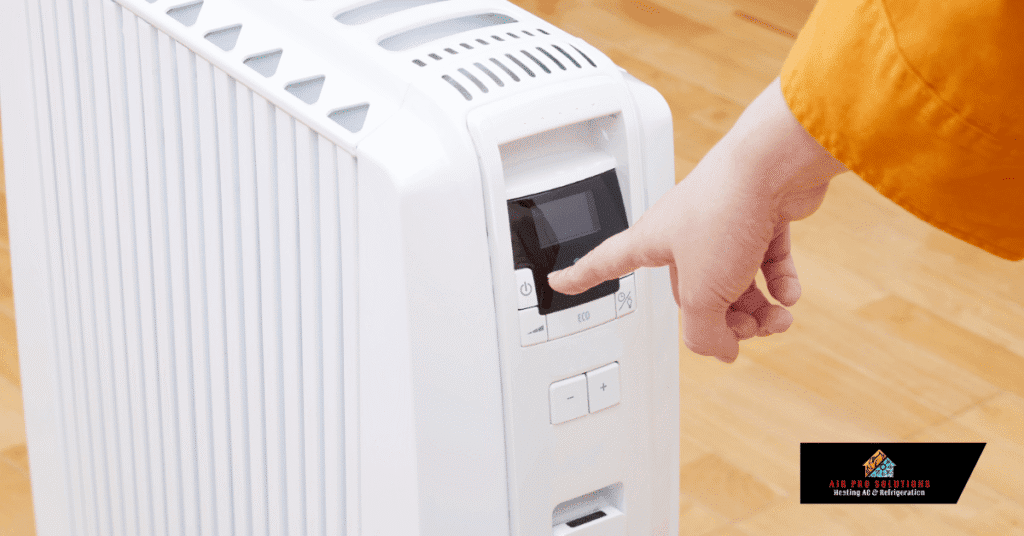
Conclusion
Radiators are an efficient way to heat your home, combining durability and comfort. Whether connected to an existing central heating system or used as a standalone electric radiator, they provide room heating that’s steady and dependable.
By understanding how radiators work, their types, and common problems, homeowners can make informed choices. Radiator heaters may be one of the oldest heating technologies, but they continue to produce heat, retain heat even after shutoff, and remain a trusted choice when it comes to heating a home.
Visit Air Pro Solutions for HVAC Contractor










